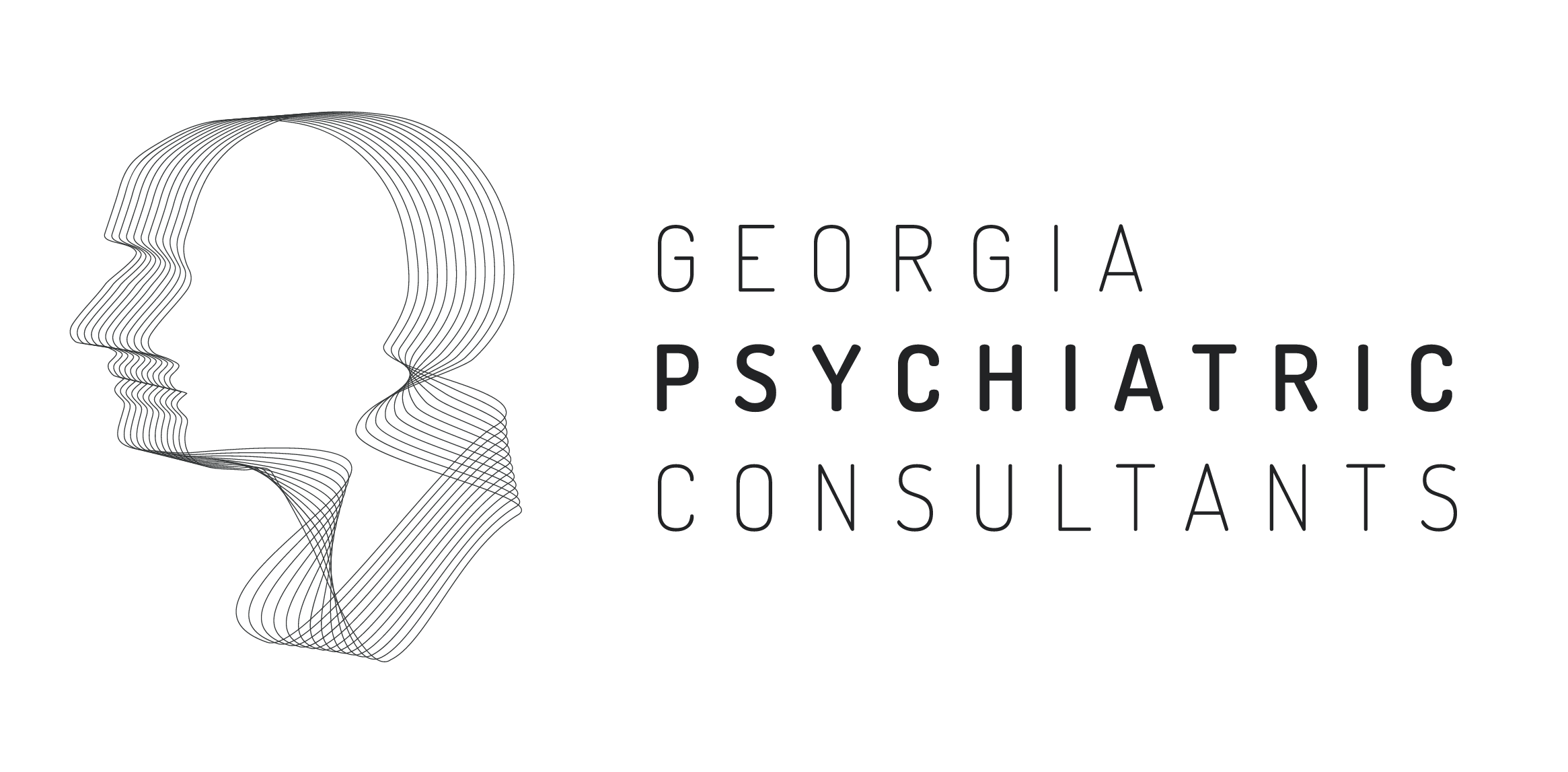Spravato® (Esketamine) Explained: A Guide to the FDA-Approved Nasal Spray
Part 3 of our series on ketamine’s role in mental health
In our first two posts, we explored the foundational science of ketamine and its “gold standard” application as an intravenous (IV) treatment for Treatment-Resistant Depression (TRD). While IV ketamine pioneered the clinical use of glutamate modulation for mood disorders, its administration remained an “off-label” practice. The landscape shifted significantly in 2019 with a landmark decision: the U.S. Food and Drug Administration (FDA) approved Spravato® (esketamine), the first-ever prescription medication based on ketamine for a psychiatric disorder.
This approval marked a pivotal moment, officially sanctioning a ketamine-related therapy and providing a new, regulated option for patients with severe depression. But what exactly is esketamine, and how does it differ from the IV ketamine we’ve discussed? This post will provide a detailed guide to Spravato®, its unique properties, and its specific place in the modern treatment paradigm.
What is Esketamine? The Science of a Mirror Image
To understand esketamine, we must first look at the molecular structure of standard ketamine. The ketamine molecule is chiral, meaning it exists in two forms that are mirror images of each other, much like a person’s left and right hands. These two mirror-image molecules are called enantiomers:
- (S)-ketamine (or esketamine)
- (R)-ketamine (or arketamine)
The standard IV ketamine used for infusions is a racemic mixture, meaning it contains an equal 50/50 mix of both (S)-ketamine and (R)-ketamine. Scientists hypothesized that one enantiomer might be more responsible for the desired therapeutic effects than the other. It was found that (S)-ketamine binds more potently to the NMDA receptor—the primary target for its antidepressant action—than (R)-ketamine. Based on this higher affinity, researchers at Janssen Pharmaceuticals isolated the (S)-ketamine molecule to develop it as a standalone treatment, which ultimately became Spravato®.
This molecular distinction is important because some research suggests esketamine appears to have similar efficacy to racemic ketamine but at lower doses, potentially reducing side effects associated with the (R)-ketamine enantiomer, as noted in the American Journal of Psychiatry.
FDA Approval and the REMS Program: Ensuring Safe Use
Spravato® is not a take-home medication. Its power and unique side-effect profile prompted the FDA to mandate a strict safety protocol known as a Risk Evaluation and Mitigation Strategy (REMS). This program ensures that the benefits of the medication outweigh its risks.
FDA Indications: Spravato® is specifically FDA-approved for use in adults for:
- Treatment-Resistant Depression (TRD), in conjunction with an oral antidepressant.
- Major Depressive Disorder with Acute Suicidal Ideation or Behavior (MDSI), for the rapid reduction of depressive symptoms.
The REMS Protocol: Under the Spravato® REMS, the medication can only be dispensed and administered in a certified healthcare setting. The process involves several key steps:
- Administration: The patient self-administers the nasal spray under the direct supervision of a healthcare provider.
- Observation: The patient must be monitored by a healthcare provider for at least two hours after administration. This is to manage potential side effects like sedation, dissociation (an out-of-body experience), and transient increases in blood pressure.
- Transportation: The patient must not drive or operate heavy machinery for the rest of the day and must plan for safe transportation home.
This tightly controlled process ensures patient safety while allowing access to this powerful treatment.
Spravato® vs. IV Ketamine: A Clinical Comparison
While both therapies target the same glutamate system, there are crucial differences between Spravato® and racemic IV ketamine that patients and clinicians must consider.
| Feature | Spravato® (Esketamine) | IV Ketamine (Racemic) |
|---|---|---|
| Administration | Intranasal spray, self-administered under supervision. | Intravenous infusion, administered by a medical professional. |
| Bioavailability | ~48%. As detailed in the package insert, nearly half the dose is absorbed. | 100%. The entire dose enters the bloodstream directly, offering maximal effect and predictability. |
| Dosing | Standardized doses (56 mg or 84 mg). The dose is fixed and not based on patient weight. | Highly personalized, weight-based dosing (e.g., 0.5 mg/kg). Allows for precise titration to maximize benefit. |
| Molecular Content | Contains only the (S)-ketamine enantiomer. | Contains a 50/50 mixture of both (S)-ketamine and (R)-ketamine enantiomers. |
| Insurance Coverage | Often covered by insurance due to its specific FDA approval and established protocols. | Coverage varies widely and is often not covered, as it is considered an "off-label" use. |
| Clinical Data | Robust data from large-scale clinical trials led to FDA approval. However, some meta-analyses suggest the antidepressant effect size may be less pronounced than with IV ketamine, as reviewed in the Journal of Affective Disorders. | Extensive research over 20+ years demonstrates rapid and powerful effects. Many consider it the "gold standard" against which other rapid-acting antidepressants are measured. |
Who is the Ideal Candidate?
The choice between Spravato® and IV ketamine depends on a patient’s clinical needs, insurance coverage, and treatment history.
- A patient seeking an FDA-approved, insurance-covered treatment and who is comfortable with the nasal spray format may be an ideal candidate for Spravato®.
- A patient who has not responded to Spravato®, who requires a more personalized and potent dosing strategy, or for whom a provider determines the full racemic mixture may be more effective, might be better suited for IV ketamine.
Conclusion
Spravato® represents a revolutionary development in the treatment of TRD, offering a new, regulated option for patients who have not responded to traditional therapies. By focusing on the (S)-ketamine enantiomer, Spravato® provides targeted antidepressant effects within a structured, FDA-approved framework. However, the decision between it and IV ketamine remains a nuanced one, best made in collaboration with a knowledgeable clinician who can weigh factors like dosing needs, treatment history, and insurance coverage to determine the optimal path for each individual patient.
In our next post, we will broaden our scope beyond depression to explore ketamine’s promising role in treating other challenging conditions, including PTSD, anxiety disorders, and OCD. We will examine the science behind how ketamine can help calm an anxious brain and rewrite fearful memories.
If you are interested in learning more about receiving ketamine or Spravato® therapy at Georgia Psychiatric Consultants, visit our Ketamine Therapy page.
References:
- FDA (2019). Spravato® (esketamine) nasal spray [FDA approval package]. Retrieved from FDA.gov.
- Daly EJ, Singh JB, Fedgchin M, et al. Efficacy and Safety of Intranasal Esketamine Adjunctive to Oral Antidepressant Therapy in Treatment-Resistant Depression: A Randomized Clinical Trial. JAMA Psychiatry. 2018;75(2):139-148.
- Bahji A, Vazquez GH, Zarate CA Jr. Comparative efficacy of racemic ketamine and esketamine for depression: A systematic review and meta-analysis. J Affect Disord. 2021 Jan 1;278:542-555. Erratum in: J Affect Disord. 2021 Feb 15;281:1001.



